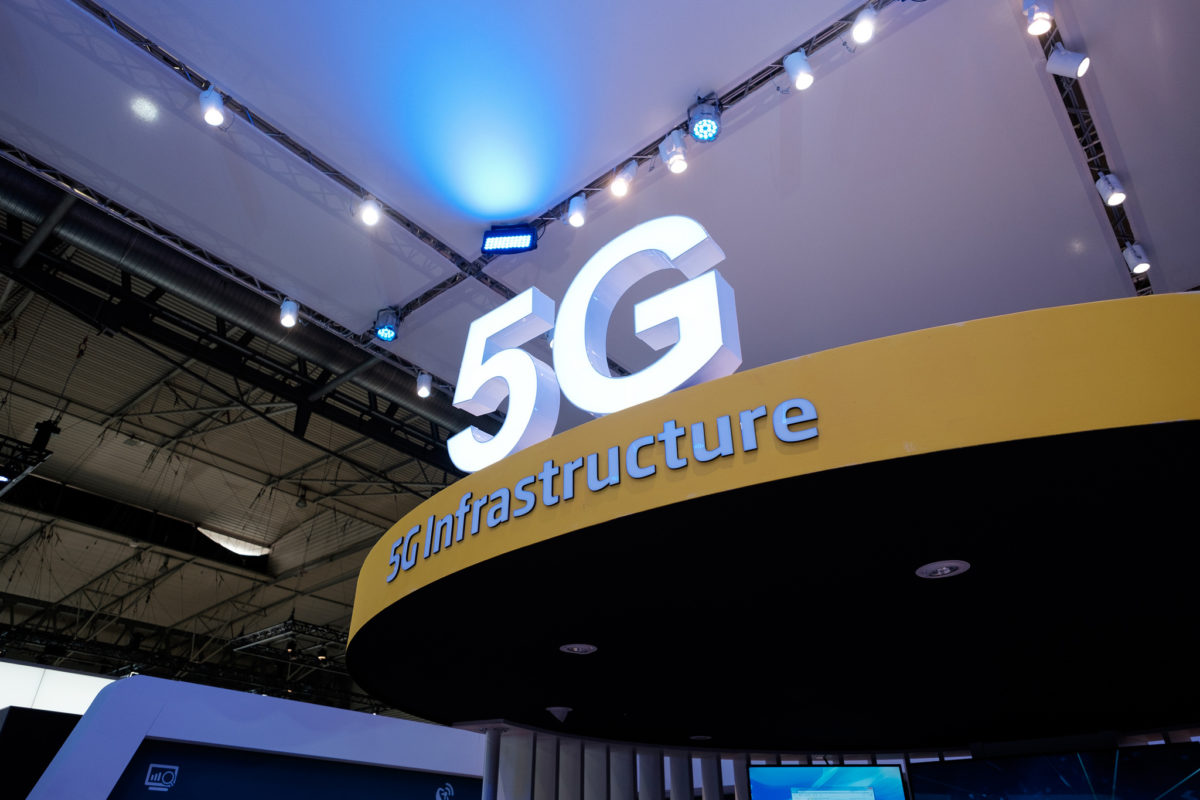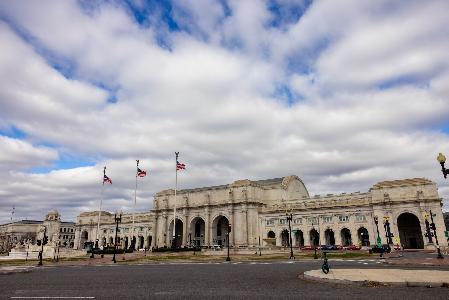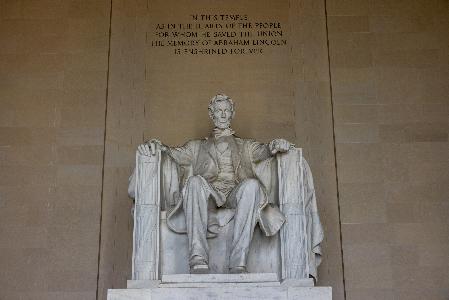Consumers and businesses expect a reliable communications network. In fact, our economy depends on it.
But our very lives depend on reaching emergency responders every time we call 911. In disasters, the ability of first responders to communicate instantly with the public and with each other can mean the difference between life and death.
In theory, upgrading our nation’s communications networks to internet protocol (IP) should enhance resiliency because the protocol allows information to be broken up into packets, transmitted across multiple networks using different physical media (such as fiber and wireless), and reassembled at the endpoint. The protocol also establishes and confirms that packets are sent and received, and provides mechanisms for adjusting to congestion.
Instead of proving more resilient, our networks have grown increasingly fragile. A 2018 report by the Government Accountability Office (GAO) noted that “from 2009 to 2016, about one third of all wireless outages reported to [the] FCC (6,002 of 18,325) were attributed to physical incidents.” These outages have also grown longer in duration, especially when they are the result of a natural disaster or involve a concurrent failure of the electric grid.
In addition to outages caused by natural disasters such as wildfires and hurricanes, outages can occur when telephone infrastructure is targeted in physical attacks, or from cybersecurity attacks. Unfortunately, outages can occur as a consequence of technical issues and carrier neglect, as well as from external events. In 2014, a “preventable coding error” in a single router in Washington State resulted in a 911 failure covering more than 11 million people.
In 2020, a server failure in Georgia resulted in a multi-state blackout of T-Mobile’s network. In other places, carriers have allowed legacy infrastructure to rot. In too many rural areas and small towns in America, people cannot reliably reach 911 on a good day, let alone in the wake of a catastrophe. In the 20th century, our telecommunications infrastructure was the envy of the world. We reached 98% of the population with reliable, affordable voice service. Today, we have communities that lack basic phone service, and those who have access to modern networks can wake even on a sunny day to find themselves cut off from vital services for no apparent reason and for an unknown time.

Harold Feld. (Courtesy photo)
In addition to these nationwide problems, specific geographic areas and Tribal lands may face unique challenges. As we saw in the aftermath of Hurricane Maria, restoring service to islands presents a set of challenges not shared by mainland communities. This includes reliance on undersea cables, which may be damaged in a disaster, and the high cost of transporting equipment and supplies to the impacted area. Extreme temperatures in desert Tribal lands can range in excess of 59 degrees in a day. The stress these temperature swings put on networks creates challenges for maintaining connectivity and requires additional hardening to withstand these ranges. Additionally, challenges exist in communities where terrain such as mountains or forests may hamper post-disaster restoration efforts, or in sparsely populated rural areas. In urban areas, it is imperative that providers and local governments invest equally in traditionally marginalized communities such as minority and low-income neighborhoods. Tribal authorities need to be empowered and resourced to restore communications on Tribal lands and to coordinate as equals with state and federal authorities.
Only Congress can remedy this situation. It is unrealistic to expect the market to solve this on its own. Public safety has always been regarded as a classic case of “market failure,” because market forces alone cannot ensure the optimal result. Widespread deregulation of IP-based services at the state level and by the Federal Communications Commission (FCC) has had the unintended consequence of muddying the overall authority of the agency and the states to ensure network reliability as they traditionally did for the analog phone network.
Additionally, post-disaster restoration of modern communications networks requires coordination across multiple industries, federal agencies and local authorities, further diluting the ability of a single agency such as the FCC to address these resiliency problems without new Congressional authority. A GAO report released in April found that the failure of the Department of Homeland Security (DHS) to clarify the FCC’s role in network restoration post-disaster significantly impeded the restoration of communications networks in Puerto Rico. Disaster relief has not traditionally prioritized restoration of communications.
Federal and state agencies have not uniformly recognized the vital importance of restoring communications to the overall disaster recovery. Restoring communications to the public, not merely to first responders, is critically important to modern public safety and disaster response. The Wireless Emergency Alert System and the Integrated Public Alert Warning System are the most obvious examples of the need to restore communications to the public as well as maintain communications for first responders.
Restoring communications to everyone needs to be fully integrated with disaster response efforts in the same way restoring power or clean water is prioritized.
But the flow of communications in an emergency is two-way, especially as telemedicine becomes more integrated into our healthcare system and emergency response. Restoring communications to everyone needs to be fully integrated with disaster response efforts in the same way restoring power or clean water is prioritized. Only a clear mandate from Congress can make this happen across federal, state and local authorities.
Happily, the current transition of our national wireline networks to all-IP systems, and our deployment of 5G wireless networks, provides an ideal opportunity for Congress to act. As we upgrade to an all-IP framework, retire legacy copper networks, and build out 5G, we can upgrade our resiliency standards to take advantage of the new technical capacities of these networks. In the days of the AT&T monopoly, we could require the network be hardened to 99.999% (“five 9s”) reliability and incorporate the added cost into the regulated rate. That approach is simply not viable today.
We enjoy the fruits of competition enabled by IP-based services. We welcome the ability to break up functions and aggregate functions in ways that were impossible using older technologies, because, when done correctly, doing so enables providers to offer better service more efficiently. IP-based services can allow local providers to offer their communities the same level of service as in larger markets at an affordable cost, taking advantage of the economies of scale from a worldwide market in IP-based and mobile equipment.
The current transition of our national wireline networks to all-IP systems, and our deployment of 5G wireless networks, provides an ideal opportunity for Congress to act.
At the same time, we must recognize the inherent weaknesses of IP-based and mobile technologies. First and foremost, these systems need power. Not merely power to cell phone towers and network operating centers, but power in the home. The traditional copper landline system was self-powered. It could operate even when the electric grid went down. Modern IP-based landlines and mobile networks are not self-powered. Mandatory back-up power requirements must include mandatory back-up power in people’s homes as well as to cellular towers.
Moreover, the traditional landline network had clear lines of responsibility for maintaining reliable communications. Modern systems may be distributed among numerous vendors and network operators without a clear understanding of the architecture. As a result, it can take hours for a network operator to become aware of the scope and extent of an outage, and even more time to find the source of the outage. Cheap off-the-shelf equipment dramatically lowers cost, but may not be as reliable as custom-built equipment.
Finally, for competition to work, markets need information. If we want carriers to prioritize resilience and reliability, we must make it possible for them to reap the rewards of these efforts. The current reporting requirements treat network outage information as confidential business information. Publicly available information, such as the Disaster Information Reporting System (DIRS), suffers from being voluntary and from homogenizing the information to prevent comparison in performance between carriers. As a result, subscribers who wish to prioritize reliability over cost savings have no information on which to make that choice. Investment in reliability will produce no reward, and failure to invest in reliability will have no lasting consequence. Carriers are therefore disincentivized from investing in resilience and reliability.
Public Knowledge has several specific recommendations that address these factors:
1. Provide the information necessary for proper planning and for the market to reward investment.
Direct the FCC to combine the DIRS and the National Outage Reporting System into a single, publicly available database that permits the public to identify carrier performance on a granular level. Direct the FCC to conduct a full report after every significant outage.
2. Provide clear authority to the FCC and the states.
Clearly empower the FCC and states to create necessary rules for network reliability, cybersecurity and cooperation among relevant stakeholders. Congress should direct DHS to fully integrate the FCC into its disaster response in line with the GAO recommendations. Additionally, Congress should require the FCC and the Department of Energy to develop enforceable guidelines for cooperation between power companies and communications providers.
3. Create metrics necessary to set standards and promote accountability.
Require the FCC, DHS, National Telecommunications Information Administration and National Institute of Standards to develop suitable metrics to measure reliability and resiliency for wireline, fixed wireless, mobile terrestrial wireless, and satellite networks.

Getting ready for 5G. (Photo by Flickr user Kārlis Dambrāns, used under a Creative Commons license)
4. Promote sustainability and avoid environmental degradation.
Require further study to create recommendations for environmentally friendly and sustainable solutions, and to reduce existing practices that risk degrading the environment.
5. Make federal and state assets available in disaster recovery.
Permit and encourage the federal government and state governments to make available in an emergency communications resources such as fiber, spectrum, operating government networks, or other assets to communications providers to restore communications to the general public.
6. Fund network upgrades that promote reliability.
Provide federal money to pay for necessary upgrades to communications networks to enhance reliability. In particular, provide funding to replace aging copper networks with modern fiber networks built to modern resiliency standards. Where legacy carriers wish to retire their copper networks without replacement, create incentives to sell these networks to alternative providers (including state or local governments, community anchor institutions, and cooperatives) willing to provide wireline service. Additionally, federal grant programs that fund deployment should include mandatory reliability metrics.
7. Solicit FCC studies that address the specialized needs of specific communities.
Require the FCC to report to Congress on the special needs of island communities, geographically isolated communities, Tribal lands, low-income and traditionally marginalized communities of color, and communities in environmentally sensitive areas. The report should include steps the FCC will take under its existing authority to address identified special needs, and recommendations to Congress for any other necessary action.
Join the conversation!
Find news, events, jobs and people who share your interests on Technical.ly's open community Slack

DC daily roundup: Appian's new AI tools; Foxtrot stores abruptly shutter; Sublime Security raises $20M

DC daily roundup: Startup founders offer praise; Howard U breaks application record; NavalX gets new director

DC daily roundup: Washington Post's AI collab; a greentech glossary; Halcyon's debut Climate Fellowship cohort

